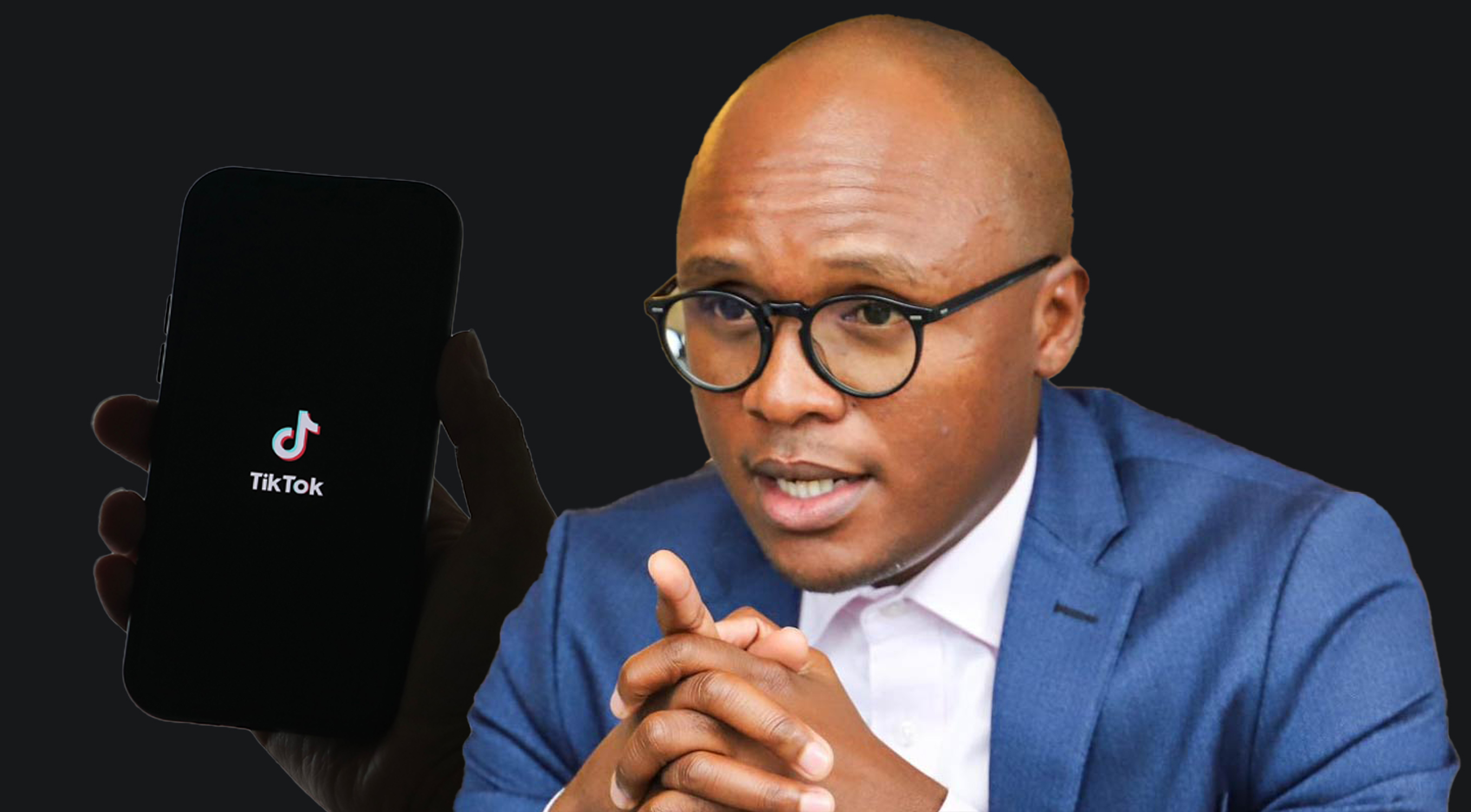You can tell Minister Solly Malatsi is a former communications manager when he pulls out analogies painting TikTok as a modern-day “slingshot David” capable of toppling traditional media’s “Goliath”.
“Today, an ordinary teenager armed only with a smart device can rival major media houses, reaching millions of audiences,” the South African Communications and Digital Technologies chief declared in his keynote address. “And this is not because of their budget or influence, but through authenticity, creativity, and sheer relatability.”
Read more: Competition Commission warns: AI and Big Tech’s grip on media threatens South Africa’s democratic foundations
He was careful, however, not to get too carried away on TikTok’s second annual sub-Saharan Africa Safer Internet Summit stage.
Malatsi articulated the fundamental tension at the heart of digital platforms: “While technology brings immense opportunities, it also carries significant risks such as cybercrimes, misinformation and the disturbing rise of AI-generated deepfakes.
Safety
Helena Lersch, TikTok’s vice-president for public policy, addressed Daily Maverick’s concerns about teenage safety with a comprehensive overview of the platform’s latest safety tools.
Rolled out on Tuesday, 11 March 2025, these new features provide parents with unprecedented transparency into their children’s digital interactions.
“These tools give parents the opportunity to understand what content their teens are following, what they’re reporting, and facilitate more meaningful conversations,” Lersch explained.
Notably, TikTok has implemented strict age restrictions. Users under 16 cannot direct message one another, and account creation is prohibited for those under 13.
She also admitted the “industry-wide problem” of age verification, stating, “we don’t want underage users”.
Yet, the platform’s mechanisms remain fundamentally flawed. Her own words betray the limitations: “If we come to know that your daughter is 11 and has created an account, we will take it down.” This reactive approach relies on external reporting rather than proactive prevention.
Quantifying the challenge
Malatsi’s most pointed critique came in his assessment of online safety:
“One of the things that could be really effective in terms of scale is to introduce an online safety curriculum in schools.”
This suggestion criticises platforms such as TikTok for shifting responsibility to educational institutions rather than comprehensively addressing safety at the platform level.
TikTok’s own statistics paint a sobering picture:
- More than 7.5 million videos were taken down in sub-Saharan Africa in the third quarter of last year.
- There was a staggering 249.81% increase in content removals from the second quarter of 2023 to the fourth quarter of 2024.
- 99.5% of removed videos were taken down before users laid eyes on them.
What this means
While social media platforms such as TikTok offer unprecedented opportunities for self-expression and influence, they also come with significant risks, especially for younger users. The government’s push for digital literacy in schools highlights a growing concern that platforms are not doing enough to protect users from cyber threats, misinformation and harmful content.
TikTok’s new safety tools may help parents monitor their children’s online activity, but as long as age verification remains weak, underage users will still find ways on to the platform.
Platform of possibilities
The summit wasn’t merely about restrictions, but also about possibilities. The launch of a dedicated STEM feed demonstrates TikTok’s responsiveness to user feedback, creating a space for educational content in science, technology, engineering and mathematics.
Fortune Mgwili-Sibanda, TikTok’s director of public policy for sub-Saharan Africa, described the event’s core purpose as building collaboration, trust and working towards a safer digital world.
The summit ultimately revealed TikTok’s precarious position. As Lersch herself admitted: “Our work is never done. We remain committed to building a platform that balances safety, creativity, and opportunity.”
The key word here is “balance” – an acknowledgment that perfect safety remains an elusive goal in the rapidly evolving digital landscape. DM





